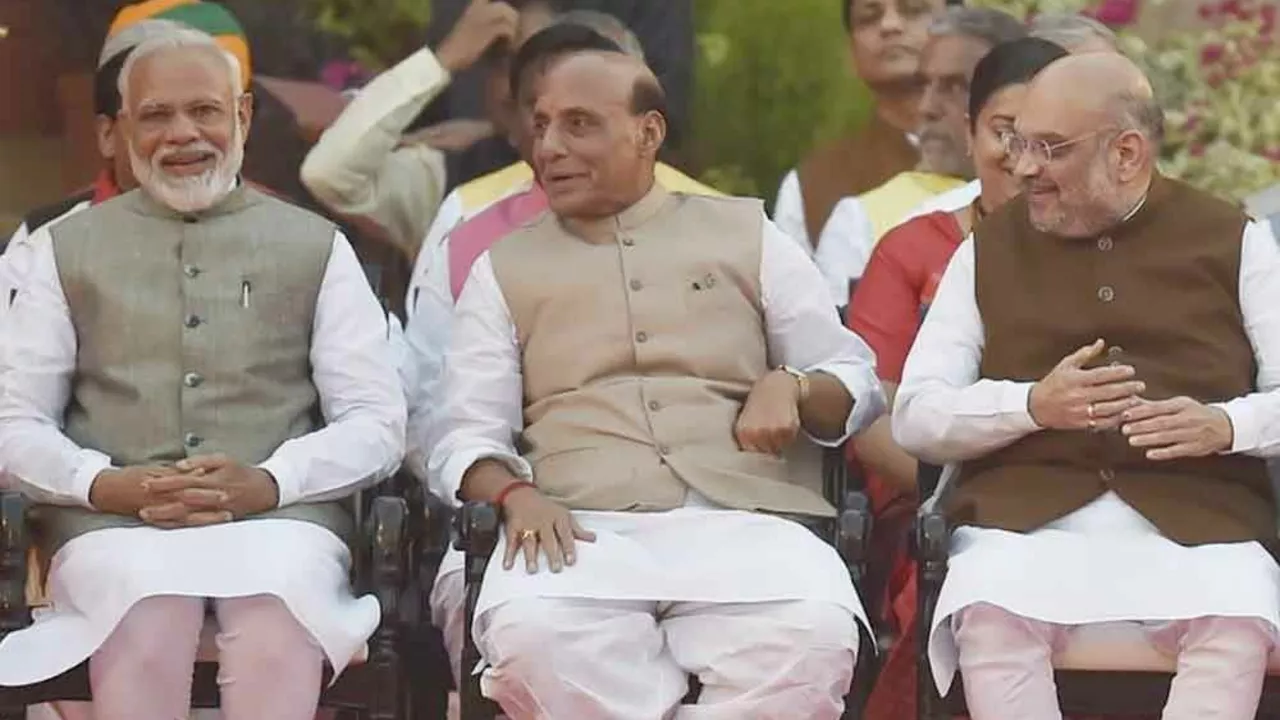Kashmir: Your Practical Guide to the Paradise Valley
Ever wondered why Kashmir is called the "Paradise on Earth"? It's not just a line in a poem – the valley really does pack snow‑capped peaks, emerald lakes and fragrant gardens into a few hours' drive. Whether you're planning a family holiday, a solo adventure or just want to keep up with the latest happenings, this page gives you straight‑to‑the‑point info you can use right away.
Top Things to See and Do
Start with Dal Lake in Srinagar. A shikara ride lets you drift past houseboats and watch locals selling hand‑woven shawls from the water. Next, head to Gulmarg for a cable‑car ascent that drops you at 4,000 m – perfect for skiing in winter or trekking in summer. If you love history, the Mughal Gardens (Shalimar, Nishat and Chashma) showcase terraced lawns and fountains that date back to the 1600s. For a taste of remote beauty, drive to Pahalgam where the Lidder River winds through pine forests; a short hike leads to Betaab Valley, a spot famous from Bollywood movies.
Current News and How It Affects Travelers
In recent months the region has seen a mix of infrastructure upgrades and occasional travel advisories. New roads around the Kashmir‑Ladakh border have cut travel time to Leh by several hours, which is great if you want to combine both valleys in one trip. At the same time, the local government occasionally issues temporary closures around sensitive border areas, especially during election season. A quick check on official tourism sites or a call to your hotel can confirm if any routes are off‑limits before you set out.
Security measures in popular tourist zones have been stepped up, meaning you’ll see more police checkpoints. Most visitors find the process smooth – just keep your ID handy and follow any instructions. These steps are meant to protect both locals and tourists, so they rarely cause major delays.
When it comes to health, the valley’s altitude can catch you off guard. Hydrate well, avoid heavy meals right after arriving, and give yourself a day to adjust before tackling high‑altitude hikes. Local clinics in Srinagar and Gulmarg are equipped for basic care, but it’s wise to carry a small medical kit.
Money‑wise, the Indian rupee is the legal tender, but many shops in tourist hubs accept credit cards. Smaller villages may still prefer cash, so keep some notes handy. Exchange rates are favorable for most foreign currencies, and you can get rupees at the airport or at licensed money changers downtown.
Food in Kashmir is a highlight on its own. Try the iconic Rogan Josh, a slow‑cooked lamb stew spiced with fennel and cardamom, or the delicate Kashmiri pulao loaded with dried fruits and nuts. Street vendors serve juicy kebabs and fresh‑pressed apple juice – the region’s apples are famously crisp. If you’re vegetarian, the haak (leafy greens) and lotus stem curry are tasty, wholesome options.
Getting around is easy with a mix of options. Auto‑rickshaws are cheap for short hops inside cities; for longer distances, taxis and shared vans (known as “sumos") are readily available. If you enjoy driving, renting a car gives you flexibility, but remember that mountain roads can be steep and winding.
Finally, respect local customs. Dress modestly, especially in rural areas, and be mindful of prayer times. A simple “Namaste” or “Salaam” goes a long way in showing goodwill.
With its jaw‑dropping scenery, warm hospitality and a steady flow of news that keeps the region evolving, Kashmir offers a travel experience that’s both relaxing and interesting. Use this guide to plan, stay safe and soak up every moment of the valley’s magic.
In a recent address, PM Modi has suggested that the people of Kashmir are eager to join the mainstream. He believes that the region's youth want to contribute to India's growth and be part of the nation's progress. This is a significant statement, given the history of strife in the region. It implies a shift towards a more inclusive approach to the long-standing issue. If this indeed is the sentiment among the residents, it could be a turning point towards lasting peace and development in the region.
